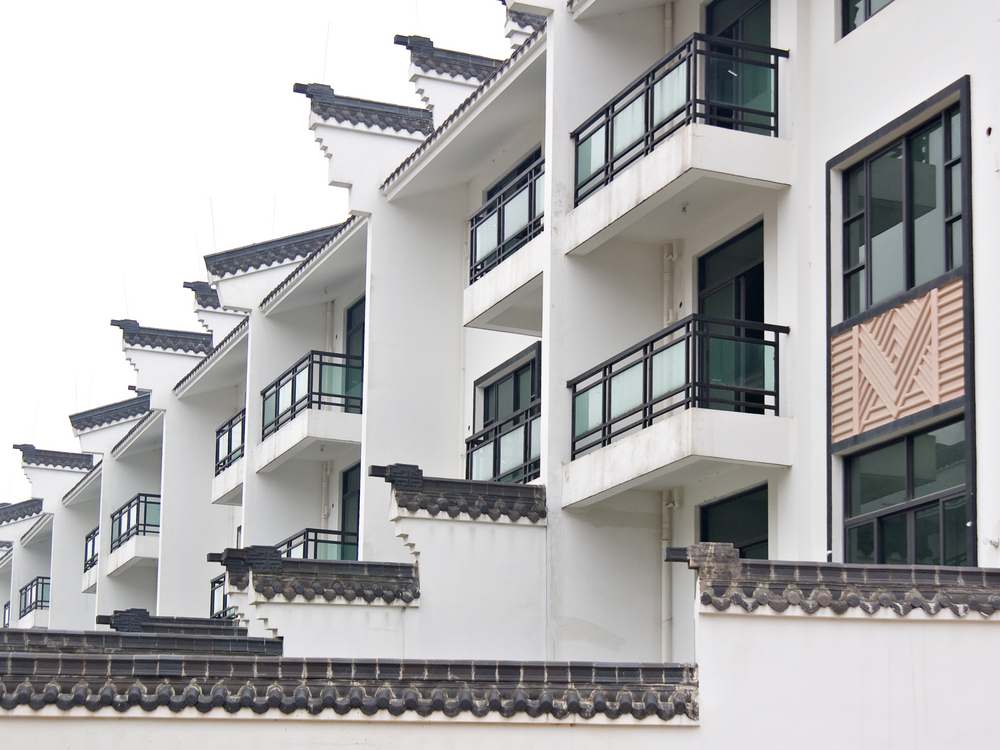A Chapter 13 bankruptcy is a great tool to resolve debt issues. In a Chapter 13 bankruptcy, an individual contributes all of their disposable income in a three to five year repayment plan. Upon successfully completing the Chapter 13 plan, the debtor will receive a bankruptcy discharge, which forgives most of their remaining debts. In a Chapter 13 bankruptcy, a debtor only has to make payments to the bankruptcy trustee, and will not have to give up any property. However, in order for the bankruptcy court to confirm a debtor’s repayment plan, the plan must provide that the debtor’s creditors receive at least as much as they would have received if the debtor had filed a Chapter 7 bankruptcy and had to turn over the property to the trustee to pay creditors. This is known as the “best interests to creditors test.”

Can I Keep My Nonhomestead Real Estate if I File Chapter 13 Bankruptcy?
A Chapter 13 bankruptcy is a great tool to resolve debt issues. In a Chapter 13 bankruptcy, an...

